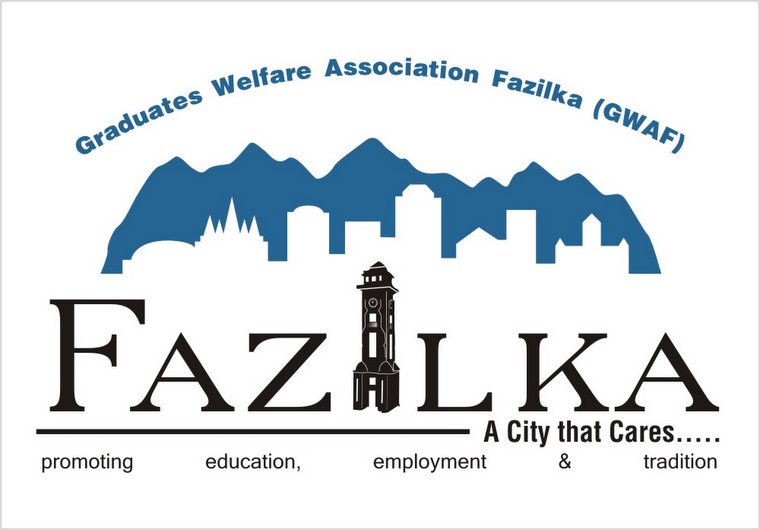Praful Chander Nagpal
Fazilka, January 17
Fazilka, the 165-year-old historical town situated on the Indo-Pak border, is going be developed as tourism hub soon. The representatives of different NGOs have been yearning to set up a tourist centre in this area for long.
"We have prepared a comprehensive plan for setting up a tourism hub in the rural area of Fazilka sub-division and have sent it to the Tourism Department (Government of India) through the state government for approval. The administration is keen to develop the important and historic areas of Fazilka as tourist centres," confirmed Ferozepur Deputy Commissioner Kamal Kishore Yadav.
"If the Central government approves the project, a sum of Rs 75 lakh can be allotted for the project," he added. "The Graduate Welfare Association Fazilka (GWAF) has been demanding a tourism hub in Fazilka for the last two years. Now, it has also released a Fazilka tourism logo," said Navdeep Asija, general secretary, GWAF.
As per the information available, Sadiqi JCP where the retreat ceremony is performed daily, War Memorial of the 1971 Indo-Pak war heroes at the border village Asafwala, the historical Clock Tower of Fazilka, footwear (Jutti) and Raghuvar Bhawan Bangla (old name of Fazilka), where at present the official residence of the Fazilka SDM is situated and Gol Kothi (the oldest buildings of the town) can be promoted and developed as tourist spots.
The magnificent war memorial of the 1971 Indo-Pak heroes, who had attained martyrdom while defending the country during the war, is situated in the border village Asafwala, seven kilometres from here on the national highway 10.
About 280 officials and jawans of four Jat Regiment, 15 Rajput Regiment and three Assam Regiment of the Indian Army had made supreme sacrifice in the war.
A collective cremation of the martyrs of of four Jat Regiment was performed here. Shaheedon Ki Samadhi Committee Asafwala (Fazilka) has been maintaining the memorial properly. The photographs of the martyrs, war history, war scenes and insignias related to war and Army have also been displayed in a museum raised in the premises of the war memorial. Scores of people daily pay the obeisance at this place.
The president of the committee Sandeep Gilhotra has demanded that this best privately managed war memorial should also be taken into consideration to be developed as a tourist place.
"Sadiqi joint check-post (JCP) is the last point on the national highway no 10 in Fazilka sector. Sadiqi border was named after the nearby shrine of Peer Sadiqi. People from both the countries, who had segregated during the partition of the country can meet and greet each other after the daily retreat ceremony," he said.
"Hundreds of residents visit the JCP daily to see the retreat ceremony, which is carried out by a thrilling parade by the Border Security Force (BSF) and the Pakistan Rangers.
"It has been proving to be a spectacular entertainment for the crowd," added Sandeep Gilhotra.
Gilhotra further said that if somebody comes to Fazilka and does not visit the North India's tallest Clock Tower and its beautiful complex brimming with lustrous and sparkling lights at twilight atop it, he misses the most beautiful view.
The Fazilka Clock Tower complex is the city's commercial as well shopping hub. It is also the first 'car-free zone.'
Fazilka's Clock Tower, designed by architect SD Wasan and built by the city's philanthropist Ram Narayan Periwal, is an example of the finest quality of masonry.
Another project which can be involved in tourism, can be Fazilka's famous footwear (Jutti) venture. Most of the politicians, bureaucrats and VIPs prefer to wear Fazilka Jutti.
Besides dozens of shops are stacked from floor to ceiling with these slippers in the Indira Market and in the Clock Tower vicinity.
The art of making colourful artistic and tilla embroidered jutti of Fazilka came along with the migrated people from Kasur area of Pakistan after the partition, who settled in Fazilka.
According to Asija, about 500 artisan families and their next generations are involved in the business.
"The popular Jhoomer dance of the state, which originated from Fazilka, Moora (a type of settee), waan and Munj (used in weaving beds in the rural areas) can also attract the tourists to the rural areas of this border sub-division," he added.
The GWAF is hoping that the Centre would give its nod, thus giving fillip to tourism in the area
http://www.tribuneindia.com/2011/20110118/bathinda.htm#6
Tuesday, January 18, 2011
Subscribe to:
Post Comments (Atom)



No comments:
Post a Comment